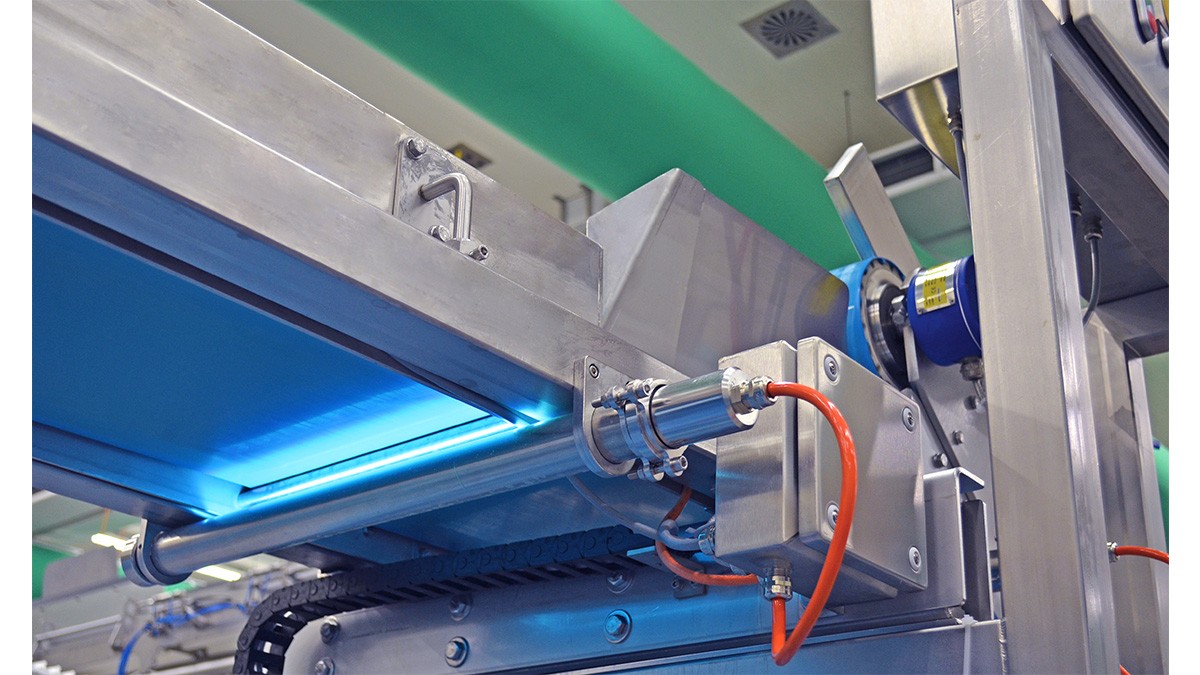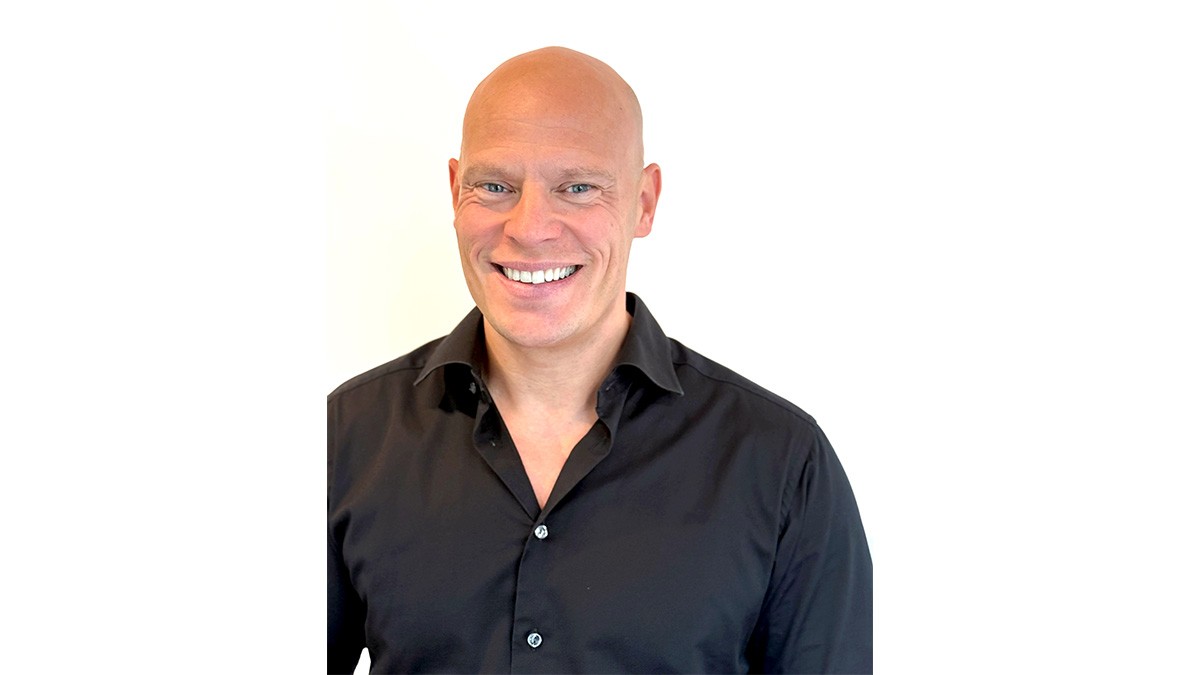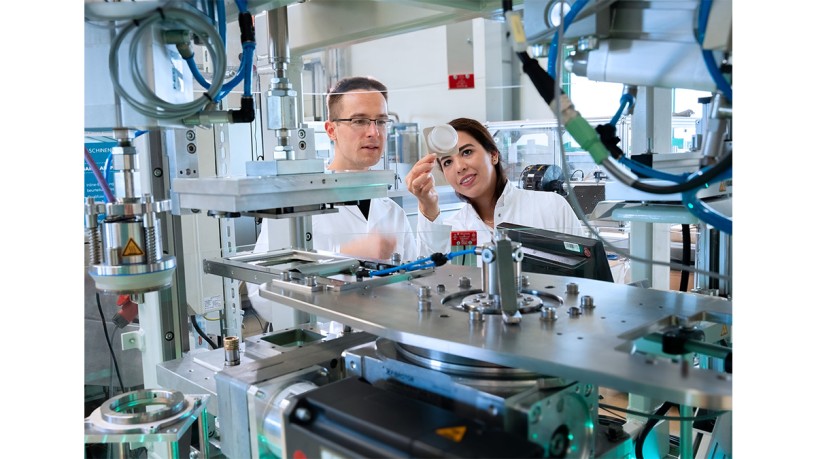UV-C Technology
Mr Engel, how is UV-C radiation defined in physical terms, how does it affect microorganisms – and what distinguishes the technology as a whole?
Bastian Engel: Ultraviolet radiation comprises electromagnetic waves with a wavelength between 100 and 380 nanometres. Although it's invisible to the human eye, it's part of the optical spectrum. A distinction is made between three areas: UV-A, UV-B and UV-C. The shorter the wavelength, the higher the energy of the radiation – UV-C is therefore the most energy-rich and hygienically effective range.
UV disinfection with UV-C radiation, particularly at 253.7 nm, is an established method for the inactivation of microorganisms. It specifically damages their DNA and prevents them from multiplying, thereby rendering them harmless – completely without chemical additives. Different germs require different UV doses (lethal doses) to be effectively killed.
UV-C is used in surface disinfection, air and water treatment, infection control and food safety. The technology is used in industry and medicine, as well as increasingly in everyday life – often inconspicuously, but effectively.
What are the advantages of UV-C disinfection compared to chemical methods?
Bastian Engel: Unlike chemical disinfection methods, UV-C radiation does not pose a risk of resistance development – a key problem, for example, in connection with MRSA in medi-cal facilities. UV-C is particularly effective against pathogenic germs, including E. coli, lis-teria, faecal bacteria, SARS, anthrax and legionella. The decisive factors are a sufficient UV dose and the appropriate device design.
UV-C is successfully used for air disinfection in hospitals, for example to reduce infectious aerosols and curb the spread of disease. In food production, UV-C helps to sterilise surfac-es and materials and extend the shelf life of products.
How does UV-C technology support compliance with legal and hygiene re-quirements, such as those specified in VDI 6022 and HACCP?
Bastian Engel: UV-C disinfection meets the requirements of VDI 6022, HACCP and gen-eral consumer protection. VDI 6022 defines hygiene standards for ventilation and air condi-tioning systems and requires, among other things, regular cleaning and disinfection. The use of UV-C technology in these systems helps to comply with guidelines and ensure a healthy indoor climate. The HACCP concept requires the control of critical points in food production. UV-C can help minimise the risk of microbial contamination here. This technolo-gy contributes to consumer protection and compliance with legal hygiene requirements.
What role does UV-C play in IFS certification?
Bastian Engel: The use of UV-C disinfection can have a positive effect on IFS certification, as the technology improves hygiene conditions in production facilities. UV-C effectively combats germs, viruses, mould and bacteria, thereby contributing to general hygiene and safety. Good hygiene practices are an essential part of the IFS requirements. UV-C can help companies meet these requirements and increase their chances of successful certifi-cation.
What UV systems does Peschl Ultraviolet offer and what applications are they suitable for?
Bastian Engel: Peschl Ultraviolet develops and manufactures systems for UV-C disinfec-tion of surfaces, air and water for a wide range of applications – from end users to plant engineering.
The high-performance steriBELT® 2.0 module is used for surface disinfection of conveyor belts, for example in the food, medical and pharmaceutical industries. It works without chemicals or moisture, is waterproof in accordance with IP67 and can remain in the plant during cleaning. The system is equipped with a high-performance lamp that replaces sever-al standard lamps, as well as a splinter guard with increased UV-C transmission, which also simplifies lamp replacement.
The splinter guard is crucial for preventing glass breakage and the penetration of glass splinters into the product during production.
UVELIOS® 500 is used for air disinfection in production rooms. This system achieves a disinfection rate of up to 99.99 % with just one lamp. An integrated light trap allows safe operation even in rooms with low ceilings. The UVELIOS® 500 is suitable for temperatures down to 5 °C, is easy to maintain and can be opened without tools.
sterisolDUCT is designed for integration into new or existing RLT (room air conditioning) and HVAC (heating, ventilation and air conditioning) systems (see illustration). The modules are scalable and equipped with contact switches. They are designed for various types of UVC lamps from the PUV-D series and can be configured using the company's proprietary software.
For water disinfection, we offer DTS modules for air scrubbers, tanks and cutting sys-tems, as well as steriCON® for continuous disinfection of process and storage tanks.

For additional information:
Bastian Engel
Sales Manager, Authorised Signatory Application Consultant (Sr.)
Peschl Ultraviolet GmbH
Weberstraße 19
55130 Mainz, Germany
E-mail: b.engel@peschl-ultraviolet.com
Web:
https://uv-hygiene.com




